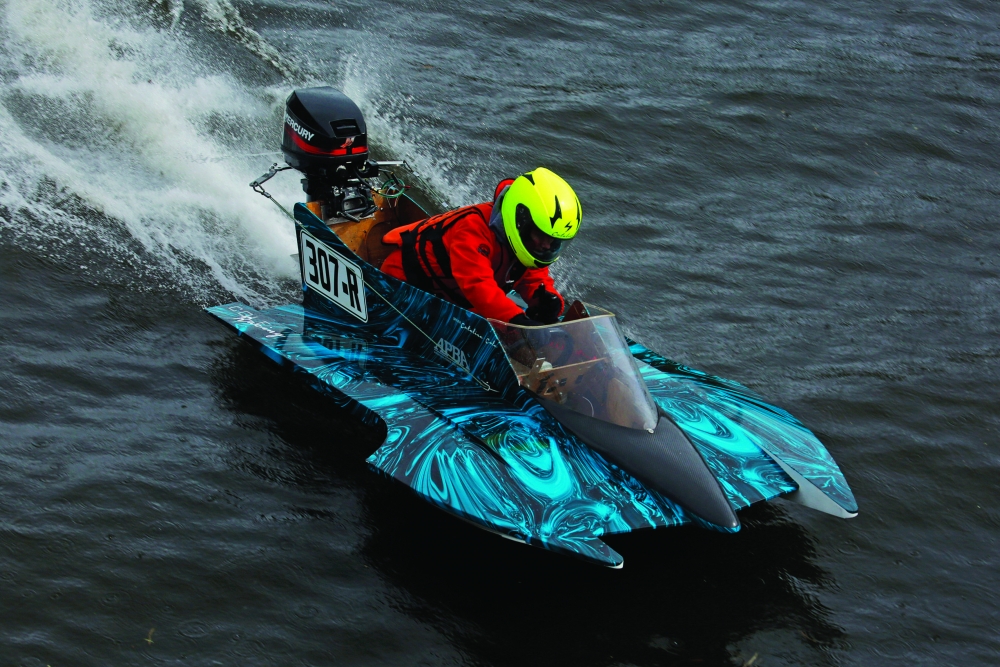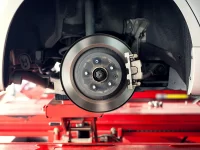Power Boat Racing Safety Tips for New Racers

If you’re a novice in powerboat racing, it’s essential to have some safety tips to follow. These include preparing for the day, keeping your speedboat in top shape, and watching the action on the course. Also, it’s a good idea to be aware of your speed and the amount of time you have to react.
Preparation is key
Whether you’re a veteran or newbie, preparing for powerboat racing safety is vital. Hugh D. Fuller tells those new to powerboat racing that it’s essential to comprehend the race’s rules. To prevent a terrible conclusion, you must maintain your ship on course. You’re in charge of your ship’s seaworthiness, so hone your skills and equipment.
As the skipper of your team, you’re responsible for the well-being of everyone on board. It would be best if you had a detailed plan before you go to sea. Think about where you’ll be placed, how you’ll distribute your weight, and how to balance your sails.
The best way to prepare for a power boat race is to read your race manual thoroughly. Then, it would be best to practice your tactics and equipment and your crew’s coordination.
Avoid driving faster than the conditions allow
It is often said that speed is the name of the game in boat racing. While it is true that you will only cut if you can keep up with the other boats, you should still be mindful of your surroundings. It is crucial when you are in the process of turning. The best way to do this is to ensure your boat is positioned in the correct lane.
Many factors go into determining which is the right lane for you. A good rule of thumb is to ensure your boat can keep up with your competition in the street of your choice. If you cannot do this, you should move into the other lane as quickly as possible.
Keep your speedboat in proper condition
If you’re going to be racing a power boat, you need to keep it in good condition. There are plenty of ways to get into trouble with a poorly trimmed boat. Fortunately, you can avoid this by getting used to your speedboat’s reaction to sudden changes in direction and keeping your wits about you.
The key to maintaining good speed is understanding how to back off the throttle at high speed. Likewise, knowing the proper way to increase your trim when you’re level with the water is essential. For instance, if you turn right, you should reduce your throttle before turning, while if you turn left, you should increase your trim.
Another key to avoiding injuries and accidents when boating is to be aware of weather conditions that can be hazardous to your boat. These conditions can worsen your visibility and performance, whether a storm or heavy rain. By paying attention to these situations, you can avoid drastic avoidance maneuvers that could result in severe injury or even death.
Be aware of your speed and the time needed to react.
In powerboat racing, you need to be aware of your speed, and the time it takes to react. It is because the speed of the boat can change in seconds. For example, the wind direction can be calm one second, and the wind blowing out into the open water the next minute. The boat can run over backward if it loses control at this speed.
The IMO rules for powerboat racing require the driver to take positive action to avoid a collision. It is done by paying attention and using signals. It would be best if you accepted the appropriate measures to keep points. You can cause damage. Learn the following tips on how to use your actions and signals.
Tip for watching the action on the racecourse
There are many ways to watch a powerboat race, but it is not all about managing the boat. A good view of the course can make all the difference in your enjoyment. When you are in the right spot, you can get a close-up look at the competition and a good vantage point to judge the fleet’s speed.
A good tip for watching the action on the powerboat racecourse is to get there early. They were getting their early means of seeing the most exciting parts of the course, such as the first lap. It is also worth noting that the best view of the course can be had from the leeward side.
The best way to measure the current is to check the published charts. For example, the buoys in Annapolis can tell you when the draft is kicking in. If you are lucky enough to be near the shoreline, you can also get an idea of the current flow by watching anchored boats.







